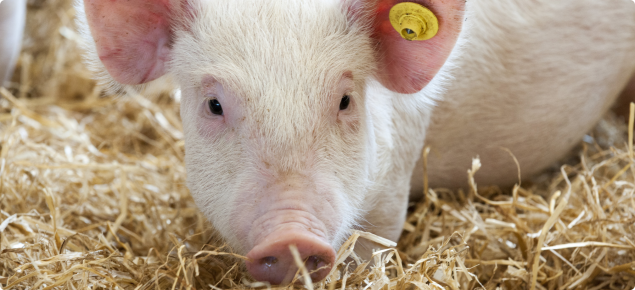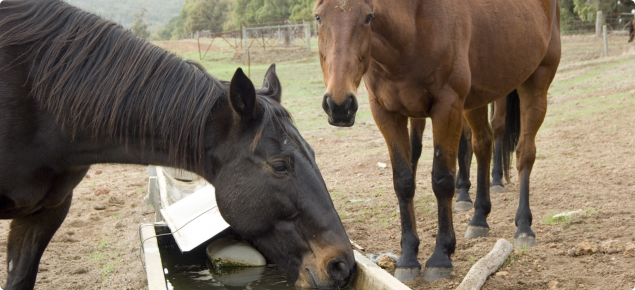Anthrax is a reportable disease and anyone who suspects animals have anthrax must notify the Department of Primary Industries and Regional Development.
Cause of anthrax
Anthrax is caused by the bacterium Bacillus anthracis, the spores of which can remain viable in soil for up to 50 years and up to 200 years in bones of animals that have died of anthrax. Outbreaks often follow soil disturbance or major weather events such as heavy rain or prolonged drought.
Species affected
Anthrax affects many livestock species including cattle, sheep, horses, pigs and goats. Dogs can also be infected.
Disease spread
In grazing animals, anthrax is usually spread by contact with spores in the soil or on pastures. Spread by direct contact between infected animals or by inhalation is rare.
Diagnosis/what to look for
- sudden drop in milk production
- red-stained milk or urine
- weakness and staggering, rapidly worsening
- sudden death
- bloody or tarry discharge from mouth, nose or anus of dead animals
- colic and/or diarrhoea in horses
- throat swelling with drowsiness in pigs and dogs.
Contact your local DPIRD veterinary officer immediately if you suspect anthrax. DPIRD veterinarians can access a rapid diagnostic test for anthrax that enables a diagnosis to be made without conducting a post-mortem, which is a very high-risk procedure. The test still requires a blood sample to be taken, a procedure that must be done with appropriate safeguards. For your local DPIRD veterinary contact, see the Livestock Biosecurity contacts page.
Anthrax in humans
Humans can contract anthrax through handling infected animals, carcasses, animal products and wool. Extreme care must be taken when handling animals suspected of dying from anthrax. If you suspect you have been exposed to anthrax, contact your medical practitioner immediately.
WA and Australian outbreaks
Anthrax has only occurred once in WA – in 1994 near Walpole. A total of 31 cattle and one horse died. Many cattle were successfully vaccinated against anthrax.
Outbreaks occasionally occur in Victoria and New South Wales, where cattle are routinely vaccinated in known anthrax-prone areas.
Management/how to treat
Treatment for anthrax is rarely possible as affected animals die quickly. However, high doses of penicillin administered by a veterinarian may be effective in early cases. Vaccination against anthrax is very effective with full protection taking about 10-14 days to develop after administration.
Carcass disposal
To minimise the spread of infective spores, it is vital to dispose of anthrax-affected carcasses correctly. Spore formation only occurs outside the carcass so animals that die from the disease must either be burnt or buried intact. Your DPIRD veterinarian will advise on correct disposal methods.
Report disease signs that look like anthrax
Anthrax is a reportable disease. Signs of disease that look like anthrax, such as sudden death in livestock with bloody discharges, must be reported to a DPIRD veterinary officer (see the Livestock Biosecurity contacts page) or to the Emergency Animal Disease Hotline on 1800 675 888.


